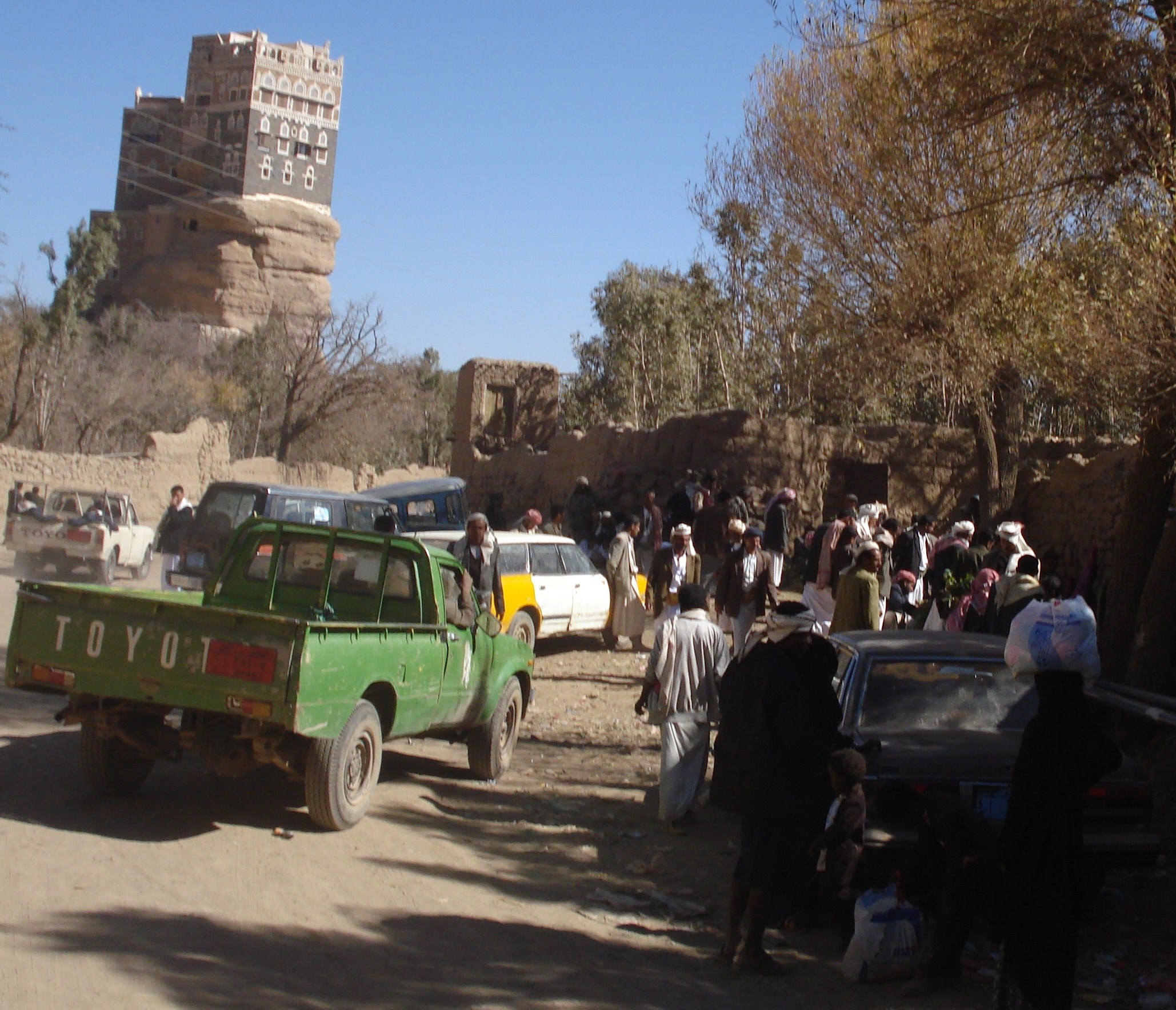Yemen’s rapid population growth is hampering government efforts to combat poverty and unemployment, and could threaten social stability, experts say.
A recent study, presented at a national conference on population policy on 10 December in Sanaa, said their was a widening gap between population growth and economic growth: Yemen has one of the highest population growth rates in the world - 3.2 percent per annum - but its economy is shrinking.
The study, entitled Balance Between Population Growth and Development Rates in Yemen, was written by experts at the National Population Council (NPC), a government body.
It said the gross domestic product (GDP) growth rate between 2001 and 2007 was well below what was planned: In 2001-2005 it was 4.5 percent instead of the planned 5.6 percent. In 2006 and 2007 it was 3.8 percent and 2.6 respectively, although the five-year plan envisaged growth of 4.9 percent and 5.5 percent in these years.
According to the Yemen Poverty Assessment report, prepared by Yemen’s government, the World Bank, and the UN Development Programme (UNDP) and which was released in December 2007, unemployment increased from 13.7 percent in 1999 to 16.3 percent in 2004: the labour force increased at a rate of 4.3 percent per year but the number of jobs increased by only 3.7 percent per year.
 Photo: Mohammed al-Jabri/IRIN  |
| Mojahed al-Shaab says the population growth poses a real challenge for development |
According to Mojahed al-Shaab, an NPC spokesperson, there is a natural increment of around 700,000 people a year. “They need health care and education. Population growth is putting pressure on the country’s resources. If the situation remains as it is, the state would not be able to meet the demands of its people,” he warned.
“The number of students increases each year. The state cannot cover the demand for new schools. The number of students increased from two million in 1990 to 4.7 million in 2004, while 40 percent of children do not attend primary school,” he said.
According to the NPC, 45.3 percent of the population is illiterate, and primary education enrolment is only 62.5 percent. However, 45 percent of the population is under 15.
Health
The NPC data showed health care services cover only 50 percent of the population.
The infant mortality rate was 77.2 per 1,000 live births and 18 percent of infants were born prematurely. At least 65 percent of women have no access to health care. Reproductive health services are available at only 25 percent of existing health centres. Maternal mortality is 366 deaths per 100,000 births. Health care for pregnant mothers is very weak and 84 percent of births take place at home.
According to the NPC, Yemen’s population in 2004 was 21,385,161. The average number of people per family was 7.1, and the fertility rate for each woman was 6.1. Thirty-seven percent of infants were born with less than a two-year interval between births.
Participants at the Sanaa conference, which ended on 12 December, recommended that health workers be encouraged to work in remote areas and raise awareness of the dangers of early marriage. They also recommended that laws be passed - to make 18 the minimum legal age for marriage, and to criminalise female circumcision.
According to the 2004 population census, Yemen had 2,834,437 houses but of these only 15.9 percent had access to a sanitary network.
Scattered population difficult to access
 Photo: Mohammed al-Jabri/IRIN  |
| There are more than 2,830,000 houses in Yemen |
The NPC document said most of these settlements are small, scattered and in remote areas, which makes providing them with essential services difficult, and water resources are also problem: “There is a population concentration in the central highlands that is leading to groundwater depletion.”
The NPC estimates the urban population to be growing at 7 percent per year, putting further pressure on services and resources.
maj/ar/cb
This article was produced by IRIN News while it was part of the United Nations Office for the Coordination of Humanitarian Affairs. Please send queries on copyright or liability to the UN. For more information: https://shop.un.org/rights-permissions





